"TALES OF CHRISTMAS PAST"

"THE 18TH CENTURY"
The 18th century British Christmas lasted from December 6 (St. Nicholas Day)
to January 6th (Twelfth Night).
Homes were decorated with
"evergreen" greenery - a tradition dating to the Roman days.
These greens eventually included holly, ivy, and mistletoe and rosemary "kissing balls".
The Yule log was brought in and lit on Christmas Eve - and kept burning through the season.
And gifts were exchanged on both December 6, and 26th.
Although "Father Christmas" and the "Lord of Misrule" began to fade
in favor,
there was still a month long period with many celebrations,
always including much food, drink...
and
"MERRY-MAKING"!
There were, in the 18th century, many, many innovations
that help us
"make-merry"
yet today.
Here are a few of our favorites.
"THE BRITISH CHRISTMAS, 1700 - 1800"
May We Begin With
"BRITISH GLASS" :
The aromatic beverage "tea"
had arrived in London from China about 1660.
It is said that much of the 18th century British life revolved about this
exotic "tea".
"Tea drinking" is even said to have been the source of much of today's
"polite etiquette".
Other writings note tea being reserved for the affluent - and more a
"ladies' event".
Below is the elegant and restrained
"Portrait of John, Fourteenth Lord Willoughby de Broke and His
Family", Johann Zoffany, 1766,
taking tea from fine porcelain and silver.
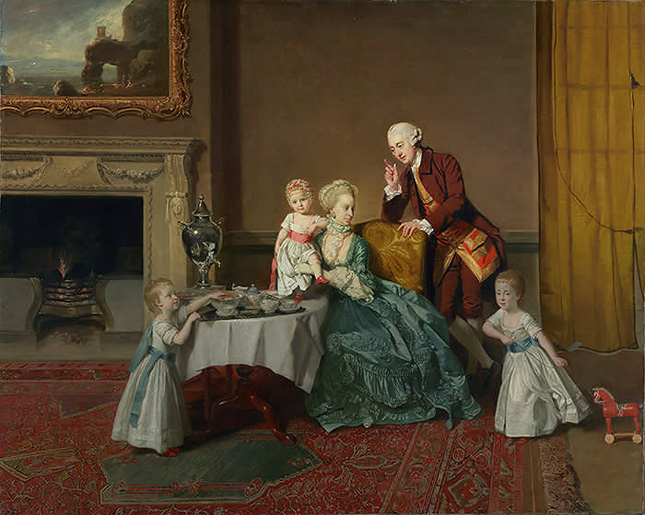
Meanwhile...there seems to be a concurrent story :
one revolving more
around "the
glass"...
particularly if depictions as Hogarth's 1733
"A Modern Midnight Conversation"
have even the slightest foundation in reality!
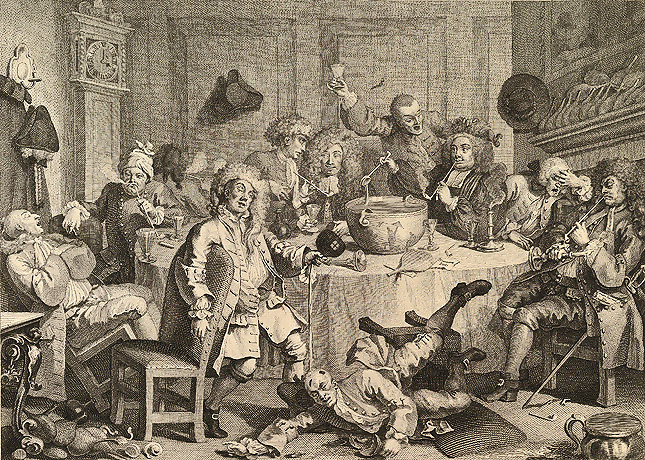
Apparently, gentleman - despite their gentility, upper, middle, or lower position in life -
often preferred something a bit stronger than tea - both in taste - and spirit.
Quite fortunately for these gentlemen, about 1700, England began to produce
clear bold drinking glasses - superior to those of even Venice and Germany.
As well to fill those glasses, there existed a great variety of "pleasure" :
"PUNCH", as above (a mixture of brandy, claret, spices & juices) arriving recently from India);
wines and brandies from the Continent;
and whiskey from Scotland ('whisky', if you are Scottish);
and gin, popularized in England following the 1689 accession of William of Orange.
Of course, all were served - at Christmastime - with
great abundance!
(And I suspect "Old Father Christmas" was
presiding over all, whether "sensed"... or not).
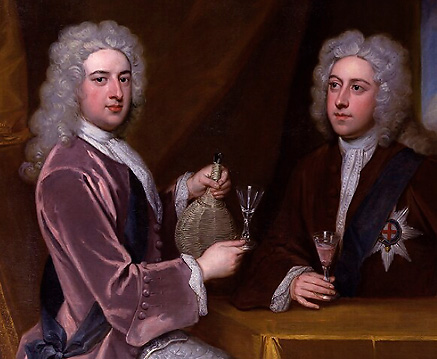
(Kit Cat Club members, "Thomas Pelham-Holles, 1st Duke of Newcastle-under-Lyne;
and Henry Clinton, 7th Earl of Lincoln")
"EARLY BRITISH BALUSTER DRINKING GLASSES"
are still considered among the most outstanding pieces of British glassmaking
for both collecting - and imbibing.
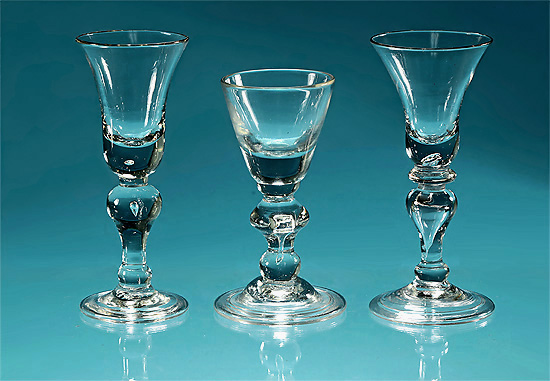
An Early George
II Baluster Wine, c1730, 6.75" High
Queen Anne / George I Heavy Baluster Small Wine Glass, c1715-20, 5.5" High
A George I Heavy Baluster Two-Teared Wine, c1720, 6.25" High
These glasses were heavy, strong, and with bulbous stems,
often with
"tears"
to reflect the all important
"light".
The folded feet not only gave them more stability, but reduced foot chipping.
In 1719 the famous carol "Joy to the World" was written;
and in 1739, "Hark! The Herald Angels Sing".
In 1741, George Frideric Handel wrote "The Messiah",
which premiered in 1742 at Dublin's at New Music Hall.
Early British glass was usually sold by the manufacturer by "weight". A 1746 tax imposed on that
weight resulted in wonderful manipulations of the stem to lighten drinking glasses.
These included internal air and enamel
"twists", to which was added exquisite engraving -
some engravings being quite political in reference :
THREE ENGRAVED MID-18TH CENTURY GLASSES,
ONE PAN TOPPED, AND TWO "JACOBITE"
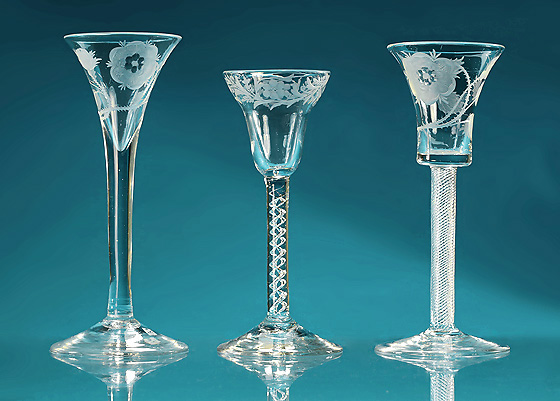
A George II Jacobite Drawn Trumpet Wine Glass, c1750, 6.5" High
A George II Engraved Pan-Topped "Mercury Twist" Wine Glass, c1750, 6.25" High
A George II Jacobite Waisted Bucket Bowl Wine Glass, c1750, 6.5" High
(the two Jacobite glasses being, of course, very political in nature,
as the Jacobite intent was to reinstate the Stuart heirs of exiled James II to the British throne)
And quite naturally,
for those prefer their ales in silver –there were indeed many
choices !
But this one is
particularly nice :
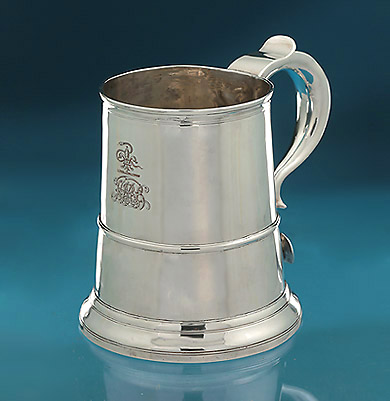
A George II Provincial Silver Tankard, John Langlands I, Newcastle, c1752
In the broader
"George I" form,
at 6.5" High, and a hefty 18.9 oz.,
a crest and monogram, and with a larrge heart to the handle terminal
In 1750, the carol "Christians, awake, salute the happy morn" was written.
In addition to drinking glasses, 18th century England produced magnificent
"GLASS MIRROR PLATES" :
Today,
we take mirrors for granted.
We probably have the pretty
one in the hall, maybe a decorative one in the living room,
one or more in
each bathroom, as well as the bedrooms.
But 300 years ago, mirrors were
wondrous objects to covet.
Until c1700, mirrors had generally been quite small, most no larger than a hand mirror.
Large mirrors reflected outside light into dark interiors, doubled the light of interior candles,
and additionally reflected far, far more of your countenance -
as well as your special
"Christmas attire"!
In the mid-18th century, 'mirror plates' found themselves further
surrounded by marvelous and highly reflective carved and pierced giltwood.
are the "Rococo Mirrors", very few of which,
due to their inherent fragility, retain original gilt and glass.
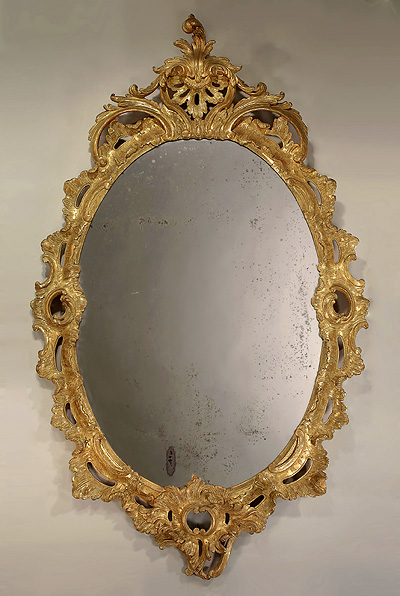
A George II / III Carved Giltwood Oval Mirror, c1755-60
The gilt and oval mirror plate apparently original, as well as backboards
47" High x 30" Wide
These mirrors continue to enliven dark winter rooms - and spirits - today just in the 18th century.
And they are in a sense like "looking back in time".
A further reflective glass innovation of the mid-18th century was
"THE FLAT-CUT GLASS CANDLESTICK"
You may recall that about 1600, the size of a candlestick was reduced to about 5"-6",
a size which sticks retained throughout the 17th century.
18th century candlesticks slowly began to grow, reaching 11" by mid-century.
The dancing reflections of these 10.5" flat-cut faceted glass candlesticks,
probably overjoyed the 18th century eye, as they still do today.
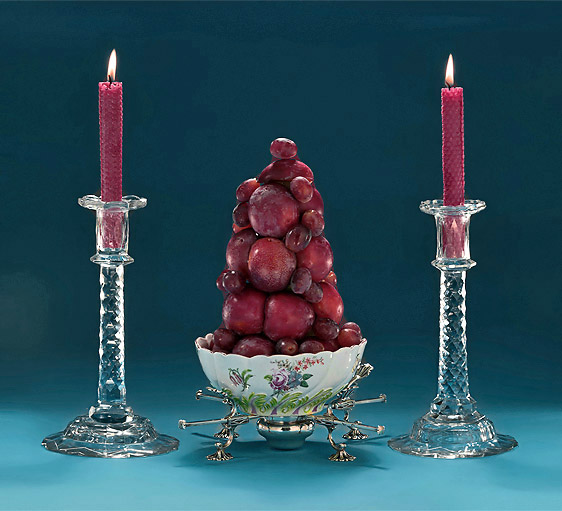
A Pair George III Flat-Cut Glass Candlesticks, c1760-70, 10.5" High
(This cutting is slightly different from the cutting that came into fashion in the 19th Century)
A Rare Chelsea Red Anchor Polychrome Large Spirally Moulded Bowl, c1755
the base with further spiral moulding and painted in green and puce with a band of upright leaves
Raised on an Early George III Silver Adjustable Dish Cross
John Langford II & John Sebille, London, 1766
In 1760, "God Rest You Merry, Gentlemen" was written.
An 'aside' here about 18th
century candle holders :
Not only did they get taller than their 17th century predecessors,
they got much smaller as well.
English silver
"bougie boxes"
date only to the mid-18th century
They held wax-taper coils, the cover having a small hole through which the coiled taper could
emerge for lighting, with a silver swivel for extinguishing.
Although first used for sealing wax and travel lighting,
theses boxes proved to be more stable than chamberstick lighting - for retiring.
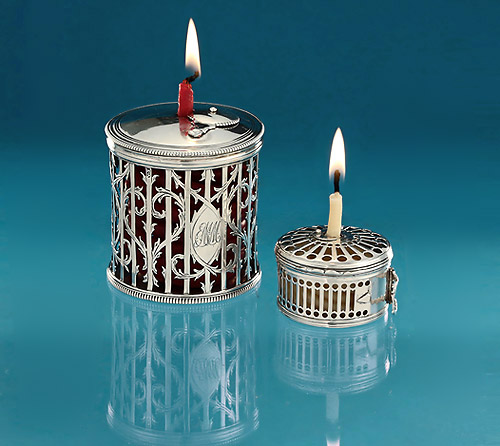
A George III Silver Pierced Bougie Box, Edward Aldridge II, London 1768 , 2.75" High
A George III Silver Bougie Box, Richard Glanville, London 1786, 1.25" High
Pierced bougie boxes are exceptionally rare.
We are privileged to be able to offer two
to guide you through darkened halls,
or keep bedside - just in case the power grid fails!
A long British Christmas tradition and centerpiece was
THE YULE LOG & HEARTH
The Yule Log had been banished by the Puritans, and happily reinstated at the 1660 Restoration.
The log was usually wrapped in hazel twigs, dragged home, lit on Christmas Eve,
and allowed to burn in the fireplace as long as possible throughout the Christmas season
On the hearth might also be cooking and warming utensils for foods.
Among those would likely be a
"brass and iron footman"as below -
although this one is truly exceptional.
With its iron back legs able to be near the fire,
the heated brass shelves could provide warming for the foods to be served,
whilst service and dinner plates warmed on the lower shelf.
The
"mahogany plate bucket"
(to the right) also served to keep dinner plates warm,
even when kept close to the table - rather like a "tea cozy".
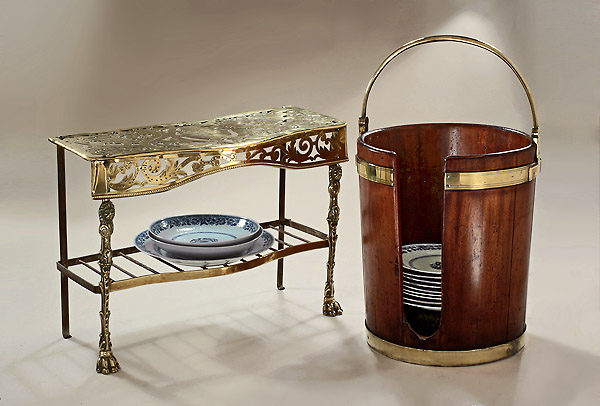
A George III Pierced Brass & Wrought Iron Fireplace Footman
the top engraved with a decorative coat of arms, c1760
with
A George III Brass Bound Mahogany Plate Bucket,c1790, 16" High,
Buckets also make nice receptacles for small Christmas trees!
and
A Chinese Export Part Dinner Service,First Half 18th Century
"THE FEAST ... & ITS SERVICE"
The gentlemen in Hogarth's engraving
"Midnight Conversation"
seemed only to need the punch bowl and a candlestick.
However, Christmas dinner was, in 18th century England, as important as it is now.
And as today, celebrations and guests entailed a tremendous amount of food, with much
preparation ahead of time - and a few fineries for the all-important "presentation"!
The 18th century choice for meat had become the turkey (made popular by Henry VIII)
or the goose, with venison for more affluent.
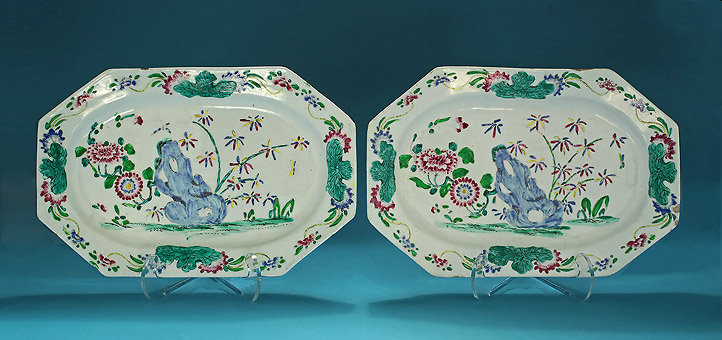
A Rare Pair of Large Bow Porcelain Platters, c1755,
Each 16.25" long,
and painted with polychrome enamels in a palette more akin to Longton Hall.
The size is perfect for turkey, goose and venison -
or desserts, as a large "Christmas pudding" - or
two!
These platters could also be nicely warmed on the shelf of the footman.
As well they are just very nice to look at!
And with the meat comes the gravy!
That too needs to be kept warm too!
The
hot-water jacketed
argyll is
without doubt the best answer.
The spout also emanates from the base, allowing the warm juices to reach your plate -
and waistline. The fats rise to the top - ingenious -
invented by a Scotsman whose kitchen was a long way from the dining table.
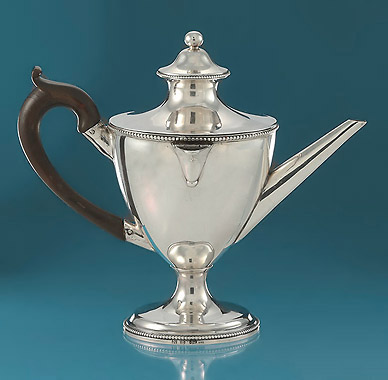
A Fine George III Vase-Form Silver Argyll
Daniel Smith & Robert Sharp, London, 1783
This is indeed one of the prettiest argylls I have encountered.
Also, when serving from larger platters, a large platter or "HASH SPOON" is just the right size.
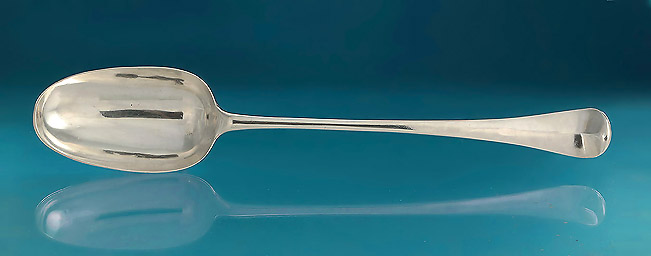
An Early George III Silver Hanoverian Hash Spoon, Joseph Bell II, London, 1762, 14" Long
These large bowled spoons are used in Scotland for "hash" - a mixture of meat and potatoes -
as the "turkey hash" often served the day after Christmas.
Turkey hash on waffles remains a Southern favorite for Christmas left-overs.
AND OFTEN THE MOST IMPORTANT !
SWEET ENDINGS :
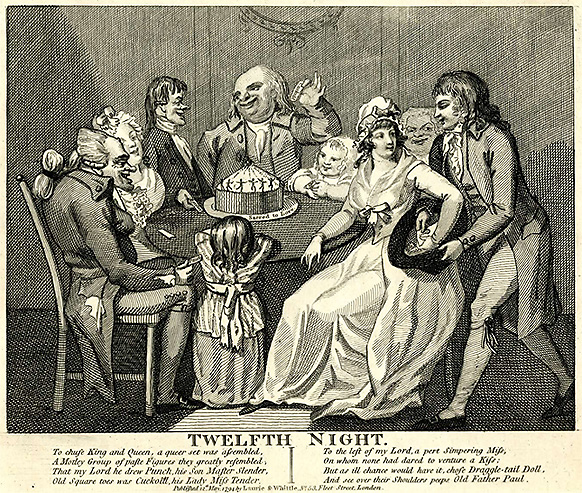
THERE WAS FRESH FRUIT OF THE SEASON :
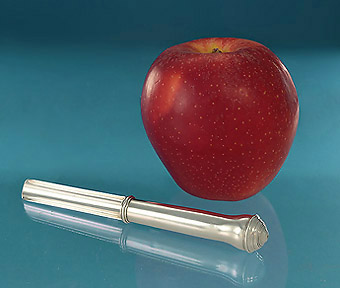
Apple Bobbing was often a part of the Christmas Celebration, particularly on
"Twelfth Night",
which also included
apple tree wassailing,
to insure the next year's harvest.
A Scarce George II One-Piece Silver Apple Corer, c1740-50
A rare one-piece survivor, the apple corer was made in 2 parts from 1750 forward,
due to the ease of carrying on the person. The one-piece corers are marked on the divider only.
& CANDIED FRUITS
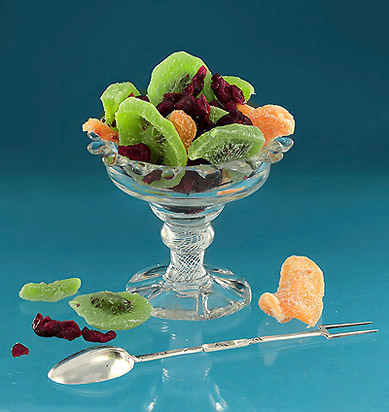
George II Glass Sweetmeat Dish, c1750,
filled with candied citrus and cranberries,
having a dentelated rim and oversewn foot
Shown with
A William and Mary Silver Sucket Fork Adam King, London, 1691
Certainly, descriptions
( and feasts! )
of a "British Christmas"
would be woefully incomplete without
"FIGGY PUDDING"
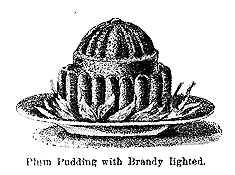
Legend has it that Figgy, Plum, or
"Christmas Pudding", originated the Middle Ages
as a way to preserve meats for the winter months.
This rich pudding, in fact, has become a symbol of Christmas itself.
The pudding is a heavy mixture of bread and fruits, spices eggs, milk, sugar and alcohol,
stirred by each member in the family, then kept in a dark cool place, where it was
fed regularly with additional brandy or ale for 5 weeks - until Christmas Day.
To serve, set on fire with brandy, accompany with clotted cream,
hard sauce, rum butter or powdered sugar
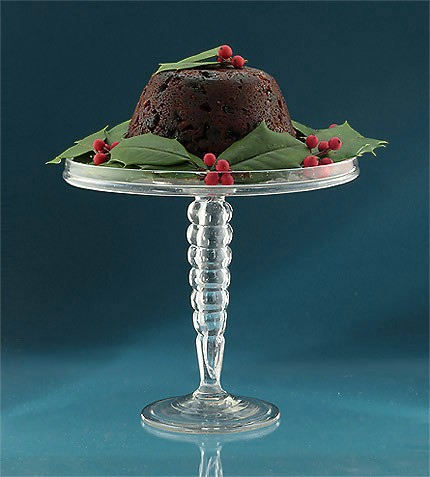
The Christmas Pudding on
A George II Glass Hollow Bobbin Stem Tazza, c1740
& AT THE CLOSE OF THE HOLIDAY,
THE "TWELFTH NIGHT CAKE",
often just called the "TWELFTH CAKE"
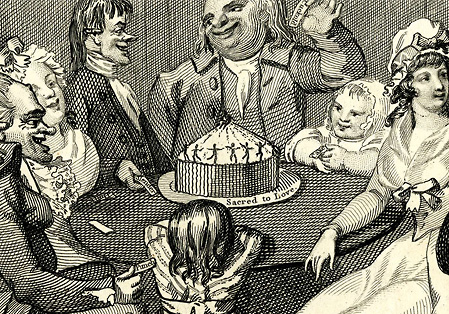
As mentioned at the beginning, "Father Christmas" and the "Lord of Misrule"
faded in favor during the 18th century.
Father Christmas was kept alive as a beloved character in the many British village Christmas "mummer (folk) plays".
However on Twelfth Night, Father Christmas seemed fully alive
and active everywher.
On Twelfth Night - the final celebration of the Christmas season -
revelry prevailed,
including feasting, wine and punch, door-to-door and apple orchard wassailing,
& MUCH REGALING & MERRIMENT.
Also the King's Cake of the past remained central to the celebration,
with slices containing a bean and pea respectively designating a king and queen of the night's festivities,
as in the
1794 etching above -
"Twelfth Night",
by Isaac Cruikshank.
The Twelfth Cake is
decorated with figures and standing on a plate inscribed 'Sacred to Love'.
The guests are drawing
"tickets" (more below).*
As the holiday feasting and revelry draw to a close,
the candles burn low, and the night's quiet begins,
the perfect chair-side table for your final bit of brandy,
as you toast the smiles and merriment of this day,
as well as many CHRISTMAS CELEBRATIONS of the distant past,
and those still yet to come :
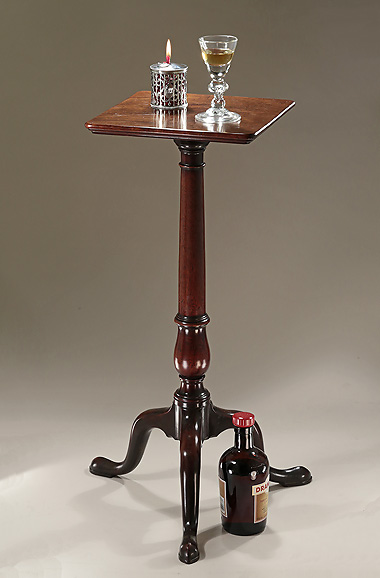
A Good George III Cuban Mahogany Candlestand
Probably Scotland, (Francis Brodie), Taymouth Castle & Holyrood, c1765
the base verso bearing the remains of a paper label :
('BROUGHT TO TAYMOUTH FROM THE MARQUIS OF
BREADALBANE'S APARTMENTS AT HOLYROOD, MAY 16, 1860')
30.25" High; 12.25" Square
Footnotes :
The full month of Georgian Christmas celebrations (December 6th through 12th Night)
is described
by Ben Johnson in "A Georgian Christmas", varying from other most reports 12 days of celebrations. (Historic-UK)
"Portrait of John, Fourteenth Lord Willoughby de Broke, and His Family", Johann Zoffany, 1766.
John Peyto-Verney, fourteenth Lord Willoughby de Broke, and his wife, Lady Louisa North,
appear about to take tea with their three young children.
Zoffany took care to include the details of the gentry's lives :
Lady
Louisa's
shimmering light blue gown, the landscape painting above the fireplace mantel,
the fine porcelain tea service,
and the reflections on the highly polished silver urn.
Getty, Open Content, Currently on View : Getty Center, Museum South Pavilion, Gallery S202
"A Modern Midnight Conversation", 1733,William Hogarth (1697 - 1764).
William Hogarth's painting
"A Modern Midnight Conversation" (Einberg 57) is only known from this 1733 engraving, although many
painted copies attest to its popularity. One, at Yale, was believed by Ronald Paulson to be the probable
original. (Creative Commons)
"Thomas Pelham-Holles, 1st Duke of Newcastle-under-Lyne; Henry Clinton, 7th Earl of Lincoln"
Detail, Sir Godfrey Kneller, c1721, portrait of Kit Cat members, National Gallery, London
The Kit Cat Club had a noble and erudite membership, with very strong political and literary associations. It
It is thought that their drinking glasses were specifically made for the club's meetings - a feature of which was
the toasting of famous beauties of the day.
(Creative Commons)
"Plum Pudding with Brandy Lighted",
Leeds University Library
*"Twelfth Night",
Isaac Cruickshank, 1794, Courtesy British Museum,
London.
The rhyme below the "Twelfth Night" etching whimsically describes
the Twelfth cake drawing to chose a King and Queen :
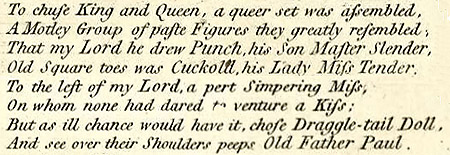
A description of the scene by the British Museum :
"Four men, two ladies, and two small children surround a circular table on which is a Twelfth cake
decorated with figures and standing on a plate inscribed 'Sacred to Love'.
They have all drawn tickets except a pretty young woman on the right,
to whom a smiling young man holds out a hat containing one inscribed 'Miss Tender',
while he slips a letter into her hand. Her vis-ŕ-vis, a hunch-backed elderly man, has drawn 'Punch'."
Inventory Photography :
Millicent F. Creech
For "Tales of the 17th Century The British Christmas", Please Click Here :
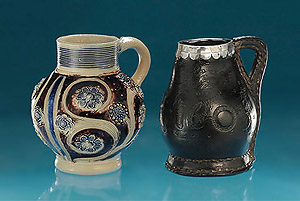
And the "Tales of the 19th Century The British Christmas", Click Here :
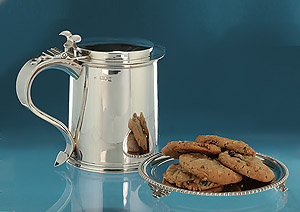
|